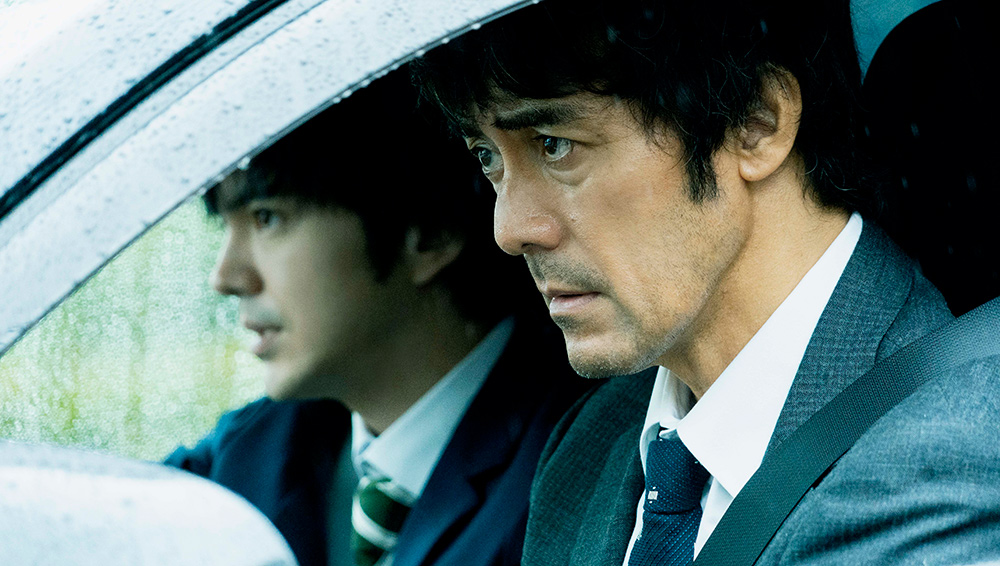!["To those who were not protected" Director Takahisa Zeze, between the conflict between movies and the times [Director's Interview Vol.145]](https://cinemore.jp/images/c14f21ec14fcb8ae1bce03ed065389e0f27eef9ea74eb2d23ce850f00ff71d3e.jpg)
"To those who were not protected" Director Takahisa Zeze, between the conflict between movies and the times [Director's Interview Vol.145]
Master director Takahisa Sese has produced another powerful work that pierces the confusion of our world. It is the film adaptation of Nakayama Shichiri's bestselling novel, "To Those Who Were Not Protected" (released October 1st).
Ten years after the Great East Japan Earthquake, Sendai, Miyagi Prefecture, a series of brutal murders occurs in which good people, regarded as "good people" by those around them, disappear one after another, then die of starvation while held captive. Detective Koshino (Abe Hiroshi) begins investigating the case and comes across a man named Tone (Sato Takeru) who has just been released from prison.
"To Those Who Were Not Protected" depicts the tragic sorrow of people whose fates were twisted by the Great East Japan Earthquake, while also touching upon the vulnerabilities and problems inherent in the "welfare" system. It is a bold work that cuts into modern society and shakes up the values of those of us Dead Poets Society. However, Director Sese's views are a little different. Please pay attention to his words, which truly look into the essence of the times.
Index
- Depicting "people living in disaster areas"
- After experiencing documentary film, the setting was changed.
- Ensuring a good run-up to bring out realistic performances
- The pain and benefits of postponing filming due to the COVID-19 pandemic
- The urgency of the times has changed what audiences pay attention to
Depicting "people living in disaster areas"
Q: "To Those Who Were Not Protected" was a wonderful and powerful work. I feel that it is very meaningful that a film about the Great East Japan Earthquake and welfare was made by a major distributor.
Sese: As you say, when I received the offer, I felt that there was a lot of meaning in doing this kind of subject matter at a major entertainment film company like Shochiku. When it comes to the Great East Japan Earthquake or welfare issues, it tends to be stiff, or lean towards a social definition of the problem. However, this film is not like that. I felt that it was meaningful to have Takeru Sato and Hiroshi Abe appear in the film and to deal with social issues while adding elements of entertainment.
In that sense, I believe that something this large-scale could only be made with a cast like this, and that this film was only made possible because of the "location."

"To Those Who Were Not Protected" ©2021 "To Those Who Were Not Protected" Film Production Committee
Q: At the same time, I think that your previous directorial works have a strong connection to society. Is there anything about them that you yourself are attracted to?
Sese: I like stories that depict the problems that lie in modern society, but I also feel that it's not enough to just deal with social issues. What I find most interesting and fascinating is, of course, "the people who live there."
In this case, the film depicts people who experienced the Great East Japan Earthquake. For example, the detective Koshino, played by Abe, loses his family in the disaster. With this in mind, we changed the scene where Tone (Sato Takeru), Kei-san (Baisho Mitsuko), and the elementary school students who lost their families to an evacuation shelter during the Great East Japan Earthquake, instead of the original story.
After experiencing documentary film, the setting was changed.

